1.
Introduction
Nonlinear partial differential equations serve as valuable mathematical tools for simulating complex physical phenomena across various scientific disciplines. The study of these equations is of great significance as it deepens our understanding of the underlying mathematical theory and provides insights into the behavior of real-world systems. This paper focuses on a specific problem: investigating the existence of triple weak solutions for a system of nonlinear elliptic equations featuring a fourth-order operator. The problem at hand revolves around mathematical modeling, where intricate physical processes with highly nonlinear dynamics are described by a system of equations. Examples of such phenomena can be found in fluid dynamics [1,2], elasticity theory [3], image processing [4], and other fields where complex behavior arises from the interaction of multiple elements. Additionally, the inclusion of a Hardy potential in the Leray-Lions operator introduces further complexity and enriches its properties. The presence of singularities near the origin, induced by the Hardy potential, amplifies the intricacy of the operator's characteristics, making the behavior of solutions to be highly sensitive.
The main objective of this research is to establish the existence of solutions to this system of equations, which holds significant implications for both theoretical analysis and practical applications. Using a local minimum theorem and its variants Bonanno, Candito and D'Aguì [5] respectively and Bonanno and Marano [6], we prove that the following coupled system admits one non-zero weak solutions and three weak distinct solutions respectively
where, for i=1,⋅⋅⋅,n, functions denoted by fi satisfy the condition that
is a Carathéodory function such that ξi∈L1(Ω) and ci is a positive constant. θi is a real function in L∞(Ω) with essinfx∈¯Ωθi(x)>0. Here, Ω represents a bounded domain in RN (N≥2) with a C1 boundary ∂Ω. The constant si is fixed, and λ>0 is a parameter. The functions qi and pi belong to C(¯Ω) and satisfy the following inequalities
In the given context, we have the following:
Let ˜p−=infx∈Ω˜p(x) and ˜p(x)=max1≤i≤npi(x). The term Δ(ai(x,Δu)) represents the fourth-order Leray-Lions operator, which operates on the function u and involves the second-order spatial derivative of u. The function ai is a Carathéodory function that satisfies additional requirements that are appropriate for the given context. Recently, Liu and Zhao [7] established the existence and multiplicity result for the following problem:
where Ω is a bounded subset in RN(N≥2) with the smooth boundary ∂Ω,λ>0 is a parameter, 0<b(x)∈L∞(Ω),1<h<min{p(x),N2}, and a:ˉΩ×R→R is a Carathéodory function satisfying some required conditions. Two theorems about the existence of at least one and at least two nontrivial generalized solutions to their problem. In fact the authors established the existence of two solutions for a continuous spectrum; however, they used a condition of type (AR). We mention that our work is a generalization of the above problem because we consider a sum of finite Leray-Lions type operators with Hardy potentials; moreover, condition of type Amrosetti-Rabinowitz condition is not needed to establish that our main problem admits three weak solutions.
This paper appears to be one of the first to focus on investigating a coupled system involving a Leray-Lions operator with non-standard growth, a Hardy potential, and a coupled nonlinear source term. These additional features introduce further complexities and challenges in the analysis of this system. The paper is structured as follows. Section 2 introduces the Sobolev spaces with variable exponents and provides necessary background information. The proofs of the results are presented in Sections 3 and 4.
2.
Background set up
Throughout this paper, the set is defined as follows:
Additionally, we introduce the notations:
In this study, we focus on a bounded regular domain Ω⊂RN, where N≥2, and with a C1 boundary. We make the assumption that the functions pi and qi belong to the set C+(¯Ω) and satisfy the following conditions:
Moreover, we denote the Lebesgue space with variable exponents, as introduced in [8] by
The Luxemburg norm of a function u is given by:
For any function u in the space Lpi(x)(Ω) and v in the conjugate space Lp′i(x)(Ω) (where Lp′i(x)(Ω) is the conjugate space of Lpi(x)(Ω)), there exists a Hölder-type inequality (see e.g., [9,10,11,12]), i.e.,
Using the notation adapted in [13], for β∈C+(¯Ω), put
A simple calculation shows that
(i) [ζ]1β=max{ζ1β−,ζ1β+},
(ii) [ζ]1β=min{ζ1β−,ζ1β+},
(iii) [ζ]1β=a⟺ζ=[a]β,[ζ]1β=a⟺ζ=[a]β,
(iv) [ζ]β[α]β≤[ζα]β≤[ζα]β≤[ζ]β[α]β.
Now, let us recall the following proposition:
Proposition 2.1. ([14]) For every u in the function space Lpi(x)(Ω), the following inequalities hold:
Furthermore, we have the following proposition:
Proposition 2.2. ([15]) If p and q are two functions in C+(¯Ω) such that q(x)≤p(x) almost everywhere in Ω, then the embedding Lp(x)(Ω)↪Lq(x)(Ω) holds, and we have
where cq is a positive constant.
The Sobolev space with a variable exponent Wl,p(x)(Ω), where l∈{1,2} and p∈{pi,i=1,…,n}, is defined as
where α=(α1,α2,…,αN) is a multi-index such that |α|=∑Ni=1αi; also, Dαu=∂|α|u∂α1x1…∂αNxN.
The norm on the space Wl,p(x)(Ω) is given by
is a reflexive separable Banach space. Let W1,p(x)0(Ω) be the closure of C∞0(Ω) in W1,p(x)(Ω), which has the norm ‖u‖1,p(x)=|Du|p(x). In the following, let
endowed with the norm
The modular on ˜X is the mapping ρ˜p(x):˜X→R defined by ρ˜p(x)(u)=∫Ω|Δu|˜p(x)dx. This mapping meets the same characteristics as those defined in Proposition 2.3. To be more specific, we have the following:
Proposition 2.3. For every u∈L˜p(x)(Ω), one has
(1) |Δu|˜p(x)<1 (resp.=1,>1)⇔ρ˜p(x)(u)<1 (resp.=1,>1);
(2) [|Δu|˜p(x)]˜p≤ρ˜p(x)(u)≤[|Δu|˜p(x)]˜p.
Proposition 2.4 ([16]). Let p and q be measurable functions such that p∈L∞(Ω), and let 1≤p(x)q(x)≤∞, for a.e. x∈Ω. Let w∈Lq(x)(Ω), w≠0. Then
The space ˜X thus defined is a reflexive and separable Banach space. Remember that, the critical Sobolev exponent is defined as follows:
As a consequence of Proposition 2.2, if q(x)≤p(x) almost everywhere on Ω, we have the following embeddings
In particular, this implies
where ˜p−>N2. Since ˜X↪C0(¯Ω) is compact (see [11]), we obtain the inequality |u|∞≤c0|Δu|˜p(x), where c0 is a positive constant.
Furthermore, for 1≤i≤n, the continuous embedding ˜X↪Lαi(x)(Ω) holds for any αi∈C+(¯Ω) such that αi(x)≤˜p(x) almost everywhere on Ω. This leads to the inequality
where cαi is a positive constant.
The definition and statements required for the proofs presented in Section 3 are as follows:
Definition 2.1. Consider two continuously Gâteaux differentiable functionals, Φ and Ψ, defined on a real Banach space X, and let d∈R. The functional I:=Φ−Ψ satisfies the Palais-Smale condition with an upper bound of d if any sequence {uk}k∈N∈X that verifies the following conditions has a convergent subsequence:
● I(uk) is bounded,
● limk→+∞‖I′(uk)‖X∗=0,
● Φ(uk)<d for each k∈N,
has a convergent subsequence. If d=∞, we say that I:=Φ−Ψ fulfill the Palais-Smale condition.
In what follows, we recall the following local minimum theorem which plays a crucial role to prove our main result.
Theorem 2.1. (Theorem 3.1 [5]) Let X be a real Banach space, and let Φ and Ψ be two continuously Gâteaux differentiable functionals defined on X. Suppose that the following conditions hold
There exists a positive constant d∈R and ¯x∈X with 0<Φ(¯x)<d such that
and for any
Iλ=Φ−λΨ fulfill the (PS)[d]-condition, so for any λ∈Λ, there is xλ∈ Φ−1(]0,d]) such that Iλ(xλ)≤Iλ(x) for all x∈Φ−1(]0,d]) and I′λ(xλ)=0.
The multiplicity result is attributed to the following theorem:
Theorem 2.2. [6] Consider a reflexive real Banach space X, let Φ:X→R be a coercive, continuously Gâteaux differentiable, and sequentially weakly lower semi-continuous functional. Assume that the Gâteaux derivative of Φ has a continuous inverse on X∗. Furthermore, let Ψ:X→R be a continuously Gâteaux differentiable functional whose Gâteaux derivative is compact; assume that
Suppose that there exist d>0 and ¯x∈X, with d<Φ(¯x), such that
(a1) supΦ(x)<dΨ(x)d<Ψ(¯x)Φ(¯x),
(a2) for any λ∈Λd:=]Φ(¯x)Ψ(¯x),dsupΦ(x)≤dΨ(x)[, Iλ:=Φ−λΨ is coercive.
Then, for any λ∈Λd, Φ−λΨ has at least three distinct critical points in X.
In what follows, let D(x):=sup{D>0∣B(x,D)⊆Ω}, for all x∈Ω, where B is the ball centered at x and of radius D. By the properties of the supremum, we can see easily that there exists x0∈Ω such that B(x0,R)⊆Ω, where R=supx∈ΩD(x).
In the following we consider the following assumptions:
For i=1,⋅⋅⋅,n, let Ai:¯Ω×R→R be a continuous function with the continuous derivative ai(x,ξ)=∂ξAi(x,ξ), satisfying
(A0) ai(x,u+v)≤ci(ai(x,u)+ai(x,v)),∀u,v∈W1,pi(x)0(Ω)∩W2,pi(x)(Ω), for some positive constant ci, and Ai satisfy the following conditions:
(A1) Ai(x,0)=0,Ai(x,ξ)=Ai(x,−ξ) for all x∈Ω,ξ∈R.
(A2) |ai(x,ξ)|⩽c1i(γi(x)+|ξ|pi(x)−1) a.e. (x,ξ)∈Ω×R, where c1i is a positive constant, γi(x)∈Lpi(x)pi(x)−1(Ω),pi∈C+(¯Ω).
(A3) |ξ|pi(x)≤ai(x,ξ)⋅ξ≤pi(x)Ai(x,ξ) for a.e. x∈Ω and all ξ∈R.
A typical example of Ai and ai that can be chosen is as follows:
Remark 2.1. According to condition (A2) and for i=1,…,n, the following inequality holds
for almost every x∈Ω and all t∈R, where Ci>0 is a constant.
In this work, we will use the symbol m to represent the value πN2N2Γ(N2), where Γ denotes the gamma function.
3.
Existence
This section is dedicated to presenting some necessary results that are required to establish the existence and multiplicity of solutions. We begin by recalling the Hardy-Rellich inequality, which is stated in the following lemma [17].
Lemma 3.1([18]). For i=1,⋅⋅⋅,n, 1<si<N/2 and u∈W1,si0(Ω)∩W2,si(Ω), we have
where Hsi:=(N(si−1)(N−2si)s2i)si.
Now, let's review the definition of a weak solution to problem (1.1).
Definition 3.1. We say that u∈˜X∖{0} is a weak solution of problem (1.1) if u=0 on ∂Ω; then, the following integral equality is true:
for every v∈˜X.
Let us define the functional Ψ(u) as follows:
where u∈˜X. The Euler-Lagrange functional for problem (1.1) is then given under the condition that Iλ:X→R:
where
It is evident that condition (a0) of Theorem 2.2 holds. Furthermore, Remark 2.1 ensures that Φ is well-defined. Additionally, by employing (1.2), we have the following for all u∈˜X:
Therefore, we can write the following:
Using Remark 2.2, we obtain
Hence, we conclude that Ψ is well-defined. Furthermore, one has
for all u,v∈˜X, and it is compact. In fact, condition (f) and the compact embedding ˜X↪Lqi(x)(Ω),1<qi(x)<p∗(x) implies the compactness of Ψ′(u). In fact, let (uk)k⊂˜X be a sequence such that uk⇀u. Noting that the embedding ˜X↪Lqi(x)(Ω),1<qi(x)<p∗(x) is compact, there is a subsequence, still denoted by (uk)k, such that uk→u,strongly in Lqi(x)(Ω). We claim that the Nemytskii operator Nfi(u)(x)=fi(x,u(x)) is continuous since fi:Ω×R→R is a Carathéodory function satisfying (f); thus, Nfi(uk)→Nfi(u) in Lqi(x)qi(x)−1(Ω). In view of the Hölder's inequality mentioned in (2.1) and the compact embedding ˜X↪Lqi(x)(Ω),1<qi(x)<p∗(x), for all v∈˜X, one has
where cqi is the embedding constant of the embedding ˜X↪Lqi(x)(Ω),1<qi(x)<p∗(x). Thus Ψ′(uk)→Ψ′(u) in ˜X∗, i.e., Ψ′ is completely continuous, thus Ψ′ is compact.
Moreover, by using Proposition 2.3 and the hypothesis (A3) for u∈˜X with ‖u‖≥1, one has
since ˜p−>1, we deduce that Φ is coercive. On the other hand Φ is sequentially weakly lower semicontinuous as sum of sequentially weakly lower semicontinuous functionals and of class C1 on ˜X for the same reason, for more details one can see [7] and note that
for any v∈˜X. Moreover, we have the following proposition:
Proposition 3.1. Φ′:˜X→˜X∗ is uniformly monotonic and admits a continuous inverse in ˜X∗.
Proof. By using the assumption on θi, i∈{1,⋅⋅⋅,n}, one has
Now, let Uβi={x∈Ω:βi(x)≥2} and Vβi={x∈Ω:1<βi(x)<2}; by using the elementary inequality [19], for i∈{1,⋅⋅⋅,n} and βi>1, we get that there exists a positive constant Cβi; such that if βi≥2, then
and if 1<βi<2, then
where ⟨⋅,⋅⟩ denotes the usual inner product in RN. Due to (A0) and by assumptions (A1) and (A3), we have
To end our proof let ˇp=infx∈Ω(min1≤i≤n(pi(x)), since |Δ(u−v)|pi(x)∈L1(Ω), we shall distinguish two cases.
First case: Suppose that |Δ(u−v)|≥1, for all 1≤i≤n, which yields,
Second case: Suppose that there exists 1≤i0≤n, such that, |Δ(ui0−vi0)|<1; thus,
Now, by adding (3.5) and (3.6), we can deduce that Φ′ is uniformly monotonic Theorem 26(A)(d) of [20] ends the proof. □
Proposition 3.2. Φ′ satisfies the condition (S)+, which means that, if uk⇀u and ¯limk→+∞⟨Φ′(uk)−Φ′(u),uk−u⟩≤0, then uk→u (strongly).
Proof. Since Φ′ is uniformly monotone, so due to [20, Example 27.2(b)], Φ′ satisfy the condition (S)+. □
Remark 3.1. Under assumptions (A2) and (A3), one has
where
Proof. By using assumptions (A2), (A3), Proposition 2.3, Lemma 3.1 and finally Proposition 2.2 we have
where
this ends the proof. □
Remark 3.2. For u∈˜X∖{0}. If I′λ(u)=0, we have
for any v∈˜X∖{0}, which assures that the critical points of Iλ are exactly weak solutions of problem (1.1).
Lemma 3.2. Iλ fulfill the Palais-Smale condition for any λ>0.
Proof. Let {uk}⊆˜X be a Palais-Smale sequence; so, one has
Let us show that {uk}⊆X contains a convergent subsequence. By the Hölder inequality, Proposition 2.4 and Remark 2.2, we have
So, for k large enough, by assumption (A3) and Proposition 2.3, one has
Moreover, by using (3.7), we have
Let us assume that limk→+∞|Δuk|˜p(x)=+∞ and divide by |Δuk|q+i˜p(x) since q+i<˜p−, for all 1≤i≤n, we obtain an absurdity, then {uk} is bounded, since ˜X is a reflexive separable Banach space, then, passing to a subsequence if necessary, we can assume that uk⇀u. By Proposition 3.2, uk→u (strongly) in X and so Iλ satisfies the Palais-Smale condition. □
Our existence result is as follows:
Theorem 3.1. For i=1,⋅⋅⋅,n, let ai:Ω×R→R be a potential which satisfies the hypotheses (A0)−(A3) and let fi:Ω×R→R be a Carathéodory function which satisfies condition (f) and exists such that
for all t∈[0,h], where h is a non-negative constant.
Suppose that there exist d,δ>0 such that
then, for any λ∈]Aδ,Bd[, with
and
Problem (1.1) has at least one nontrivial weak solution.
Proof. We try to prove our existence result by using Theorem 2.1. For this purpose, we have to show that all conditions of Theorem 2.1 are met. To begin and for a given λ>0, we mention that, given from Lemma 3.2, the functional Iλ satisfies the (PS)[d] condition. Let d>0,δ>0 be as in (3.9) and let w∈X defined by
where x=(x1,…,xN)∈Ω. Then,
So, by applying Remark 3.1, one has
So, Φ(w)<d. On the other hand, one has
then, we deduce that
Using Remark 2.3, for any u∈Φ−1((−∞,d]), we have
Therefore
Hence, from Proposition 2.4 and Remark 3.1, we deduce that
So
As a result, the criteria of Theorem 2.1 are confirmed. So, for any
Iλ admits at least one non-zero critical point, which is the problem's weak solution. □
4.
Triple solutions
Theorem 4.1. For any λ∈]Aδ,Bd[, Aδ and Bd are those of Theorem 3.1, i.e.,
and
Problem (1.1) admits at least three weak solutions.
Proof. Note that Φ and Ψ satisfy the regularity assumptions of Theorem 2.2; let us verify conditions (i) and (ii) of this theorem. For this purpose, let
and let w∈X be as mentioned above, that is
So, by applying assumption (A3) and Remark 3.1, one has
Therefore, the assumption (i) of Theorem 2.2 holds. Let us show that Iλ is coercive for any λ>0. By using (3.10), one has
Then, from Remark 3.1, 1˜p+[|Δu|˜p(x)]˜p≤Φ(u). So,
where ˜p+=supx∈Ω˜p(x); by using ˜p−>q+i>1, for all 1≤i≤n, we deduce that Iλ is coercive; consequently condition (ii) is satisfied, which assures that all assumptions of Theorem 4.1 are satisfied. So, for any λ∈]Aδ,Bd[, Iλ has at least three distinct critical points which represents the weak solutions of problem (1.1). □
5.
Conclusions
The main objective of this paper was to establish the existence of solutions to the coupled system of Eq (1.1), which has significant implications for both theoretical analysis and practical applications. Using a local minimum theorem and its variants, we are able to prove the existence of one non-zero weak solution and three distinct weak solutions. This is an important result, as it demonstrates the solvability of this system of equations under the stated assumptions. The findings of this work can contribute to the understanding of such systems and their potential applications in various fields.
Use of AI tools declaration
The authors declare they have not used Artificial Intelligence (AI) tools in the creation of this article.
Acknowledgements
The authors extend their appreciation to the Deanship of Scientific Research at Northern Border University, Arar, KSA for funding this research work through the project number NBU-FPEJ-2024-1706-01.
Conflict of interest
The authors declare no conflicts of interest.











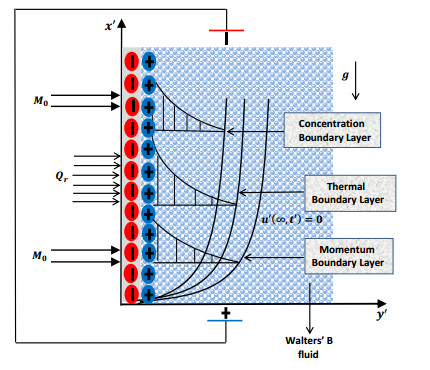
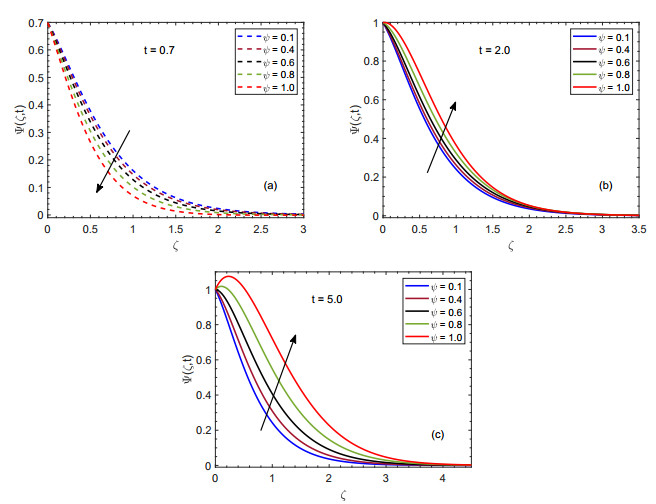

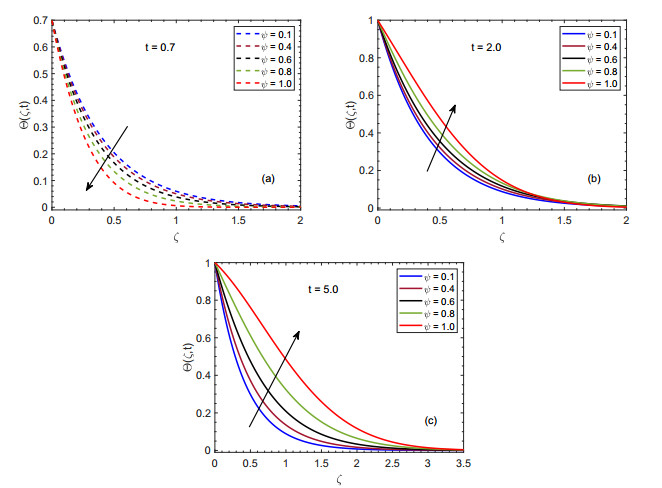
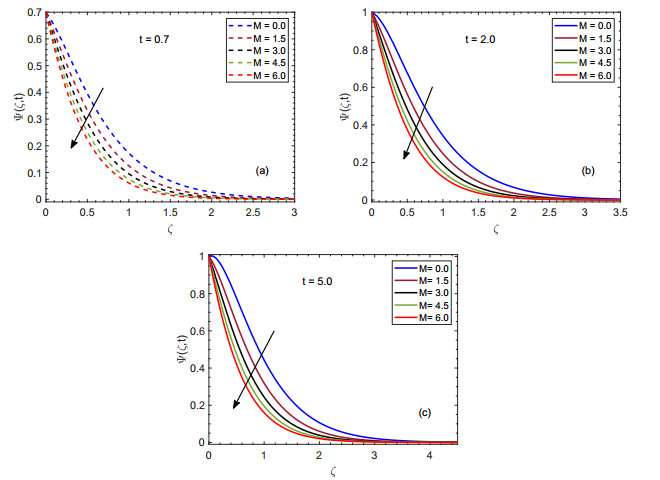
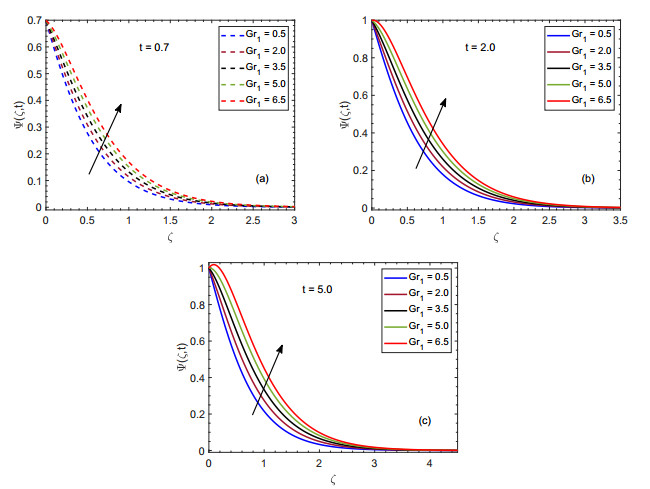
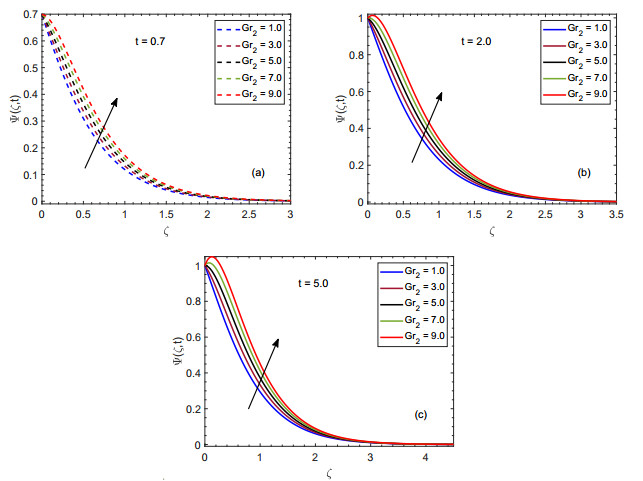
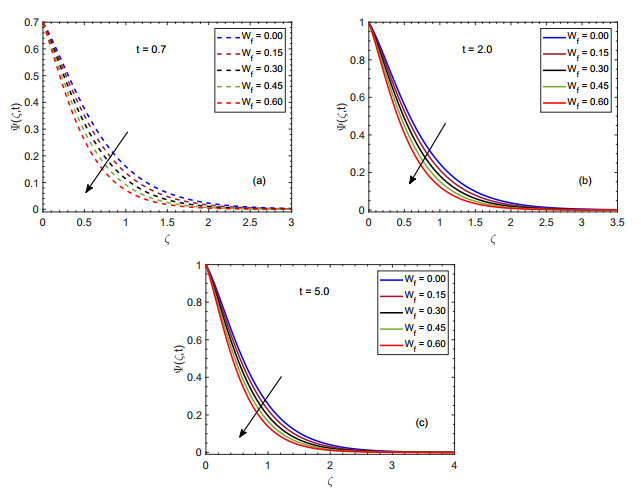
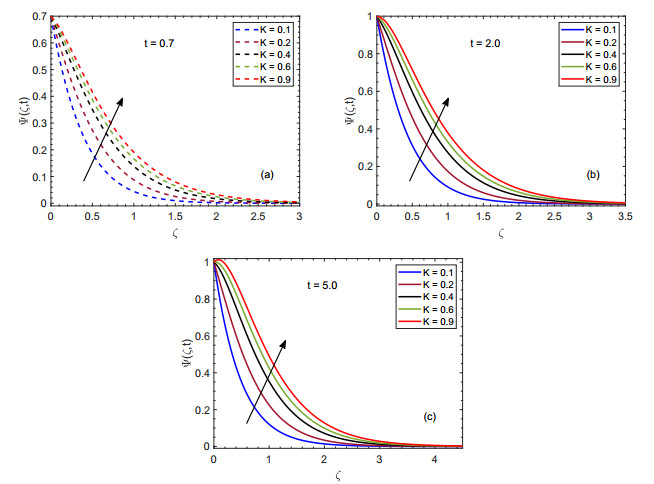
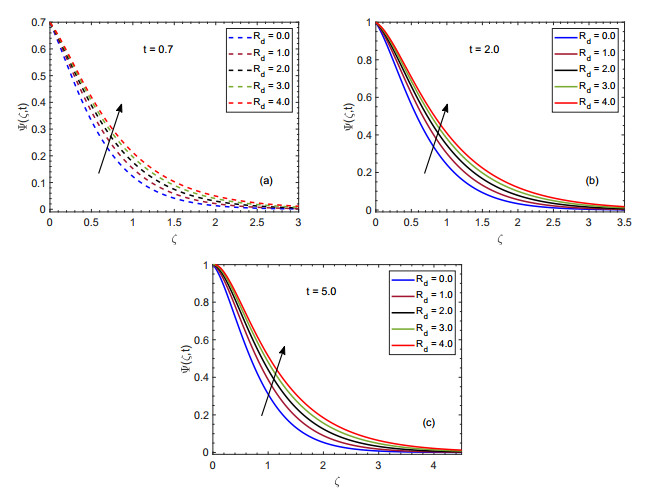
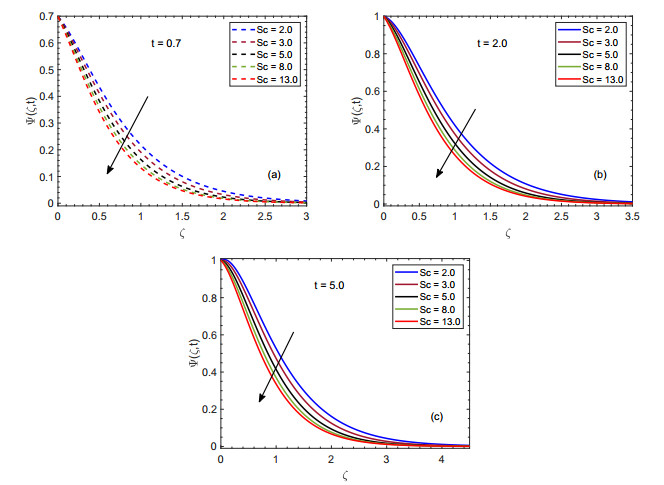
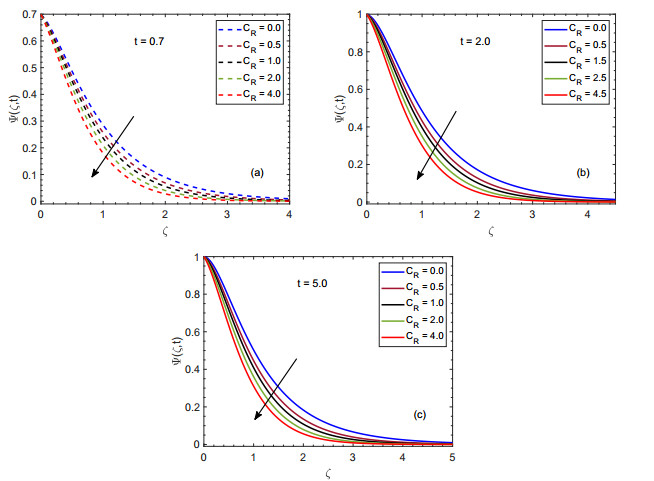
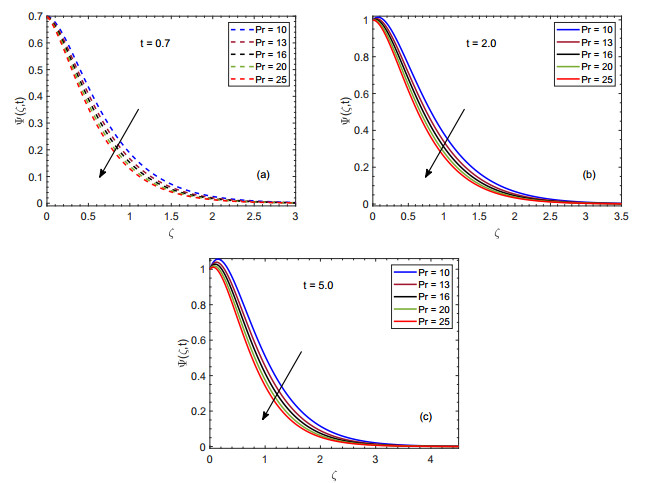
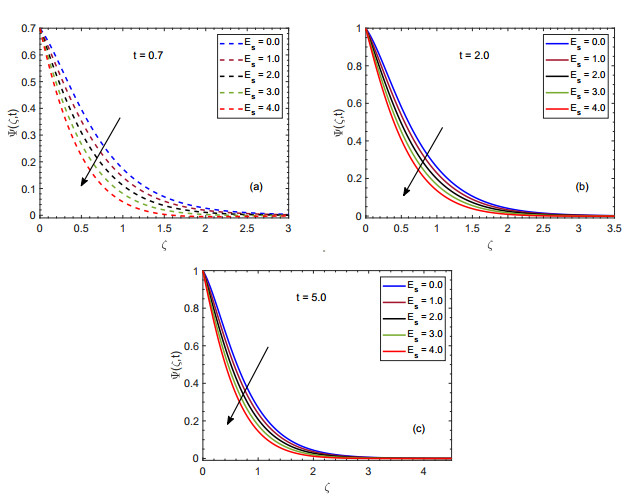
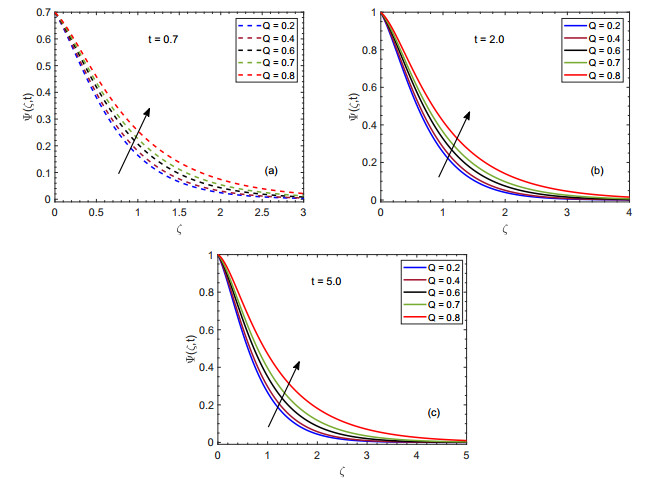


 DownLoad:
DownLoad: